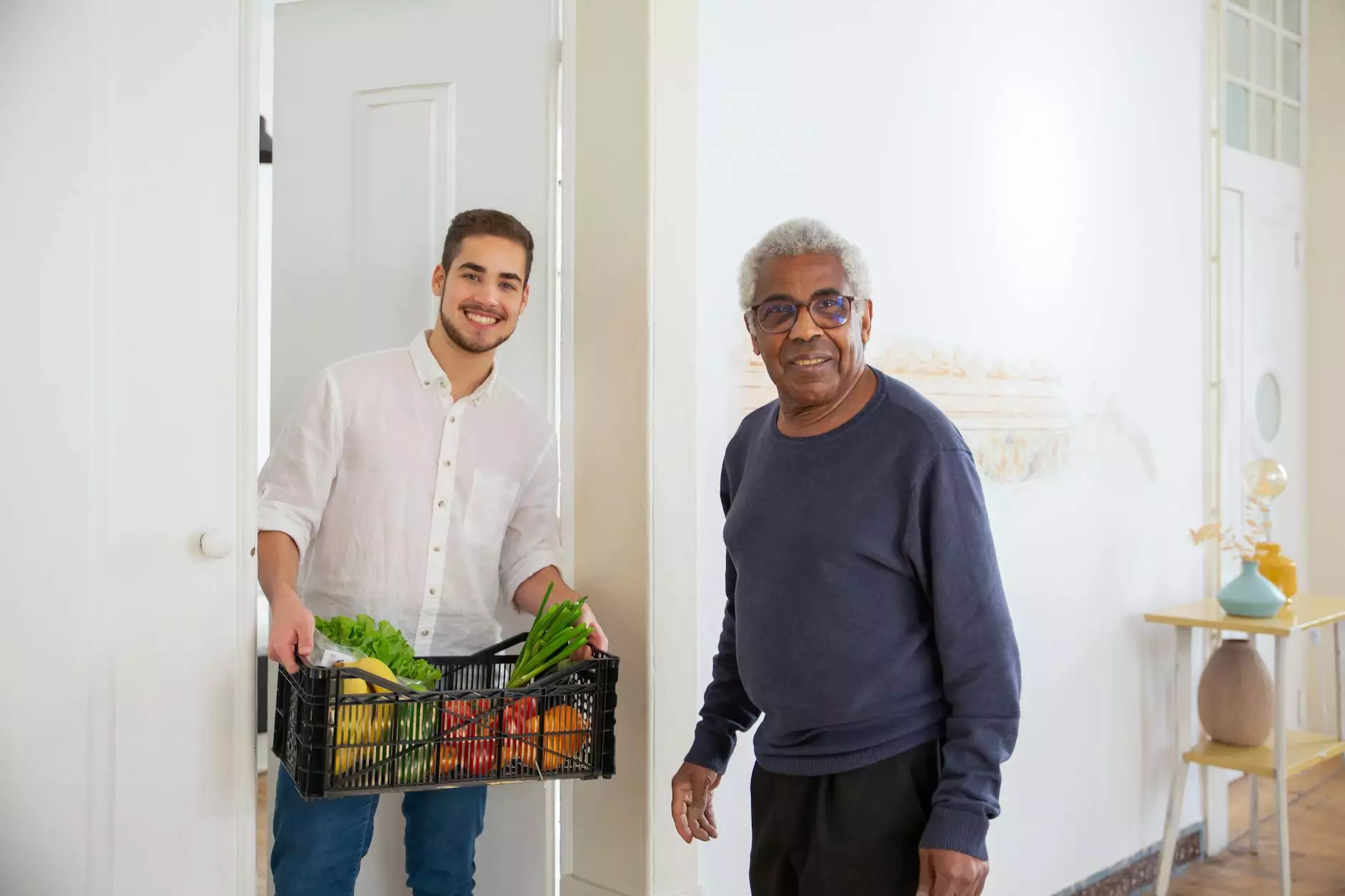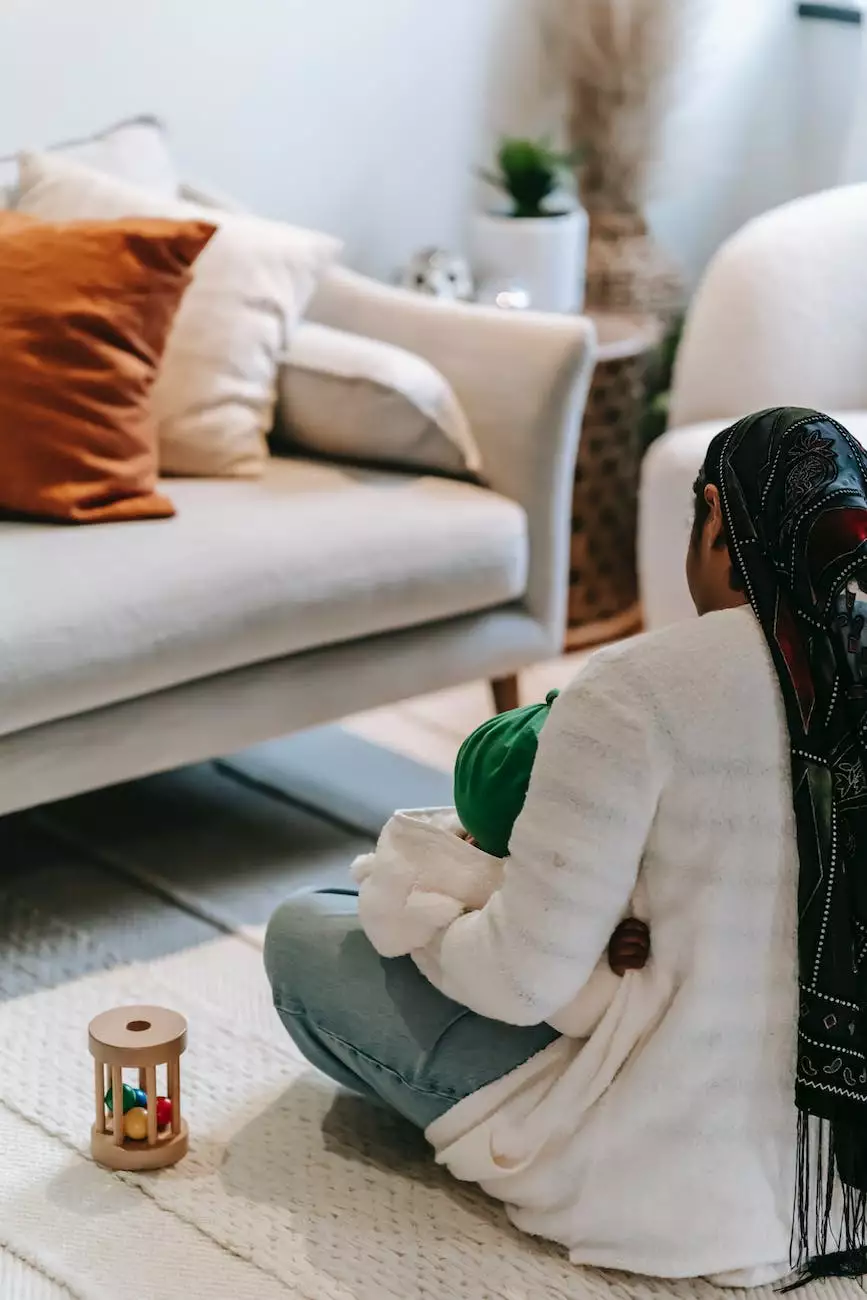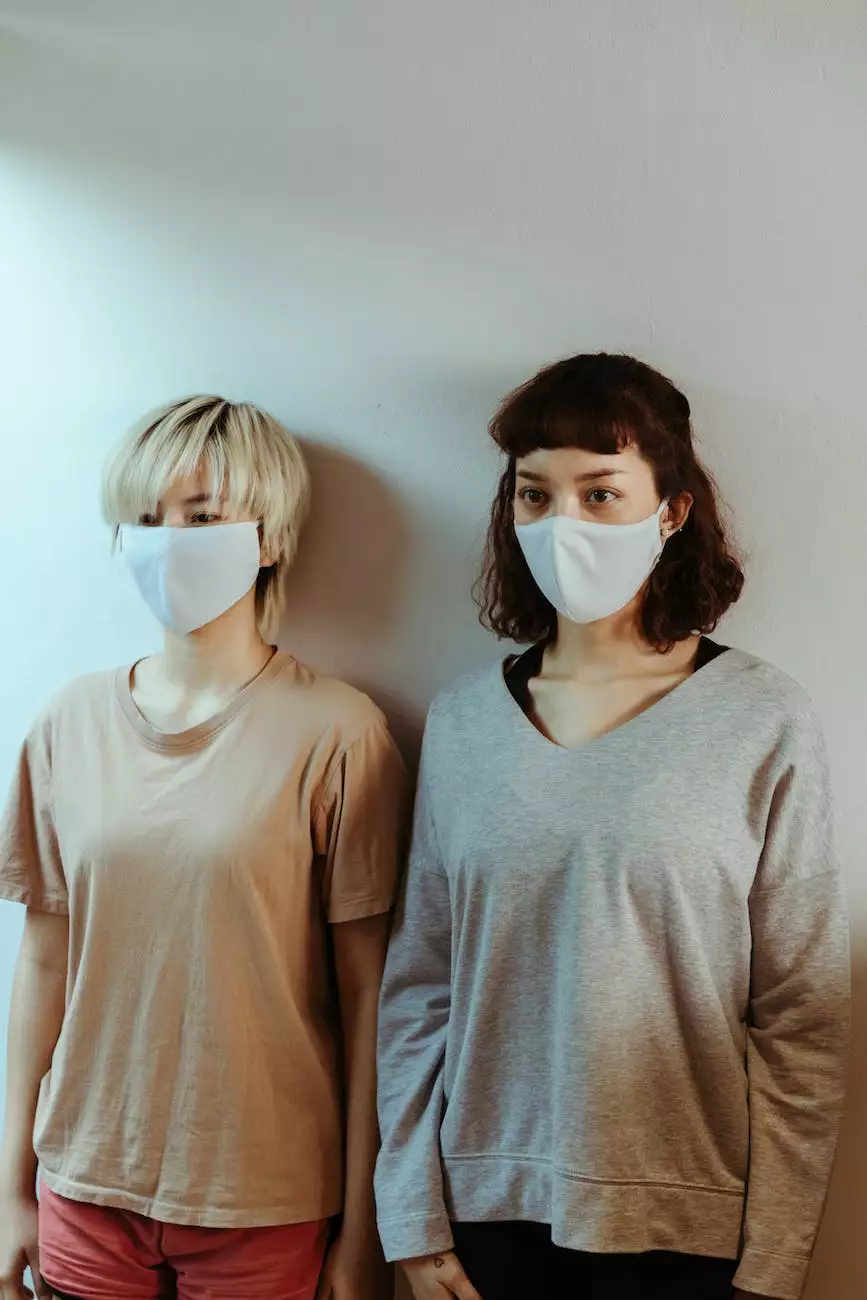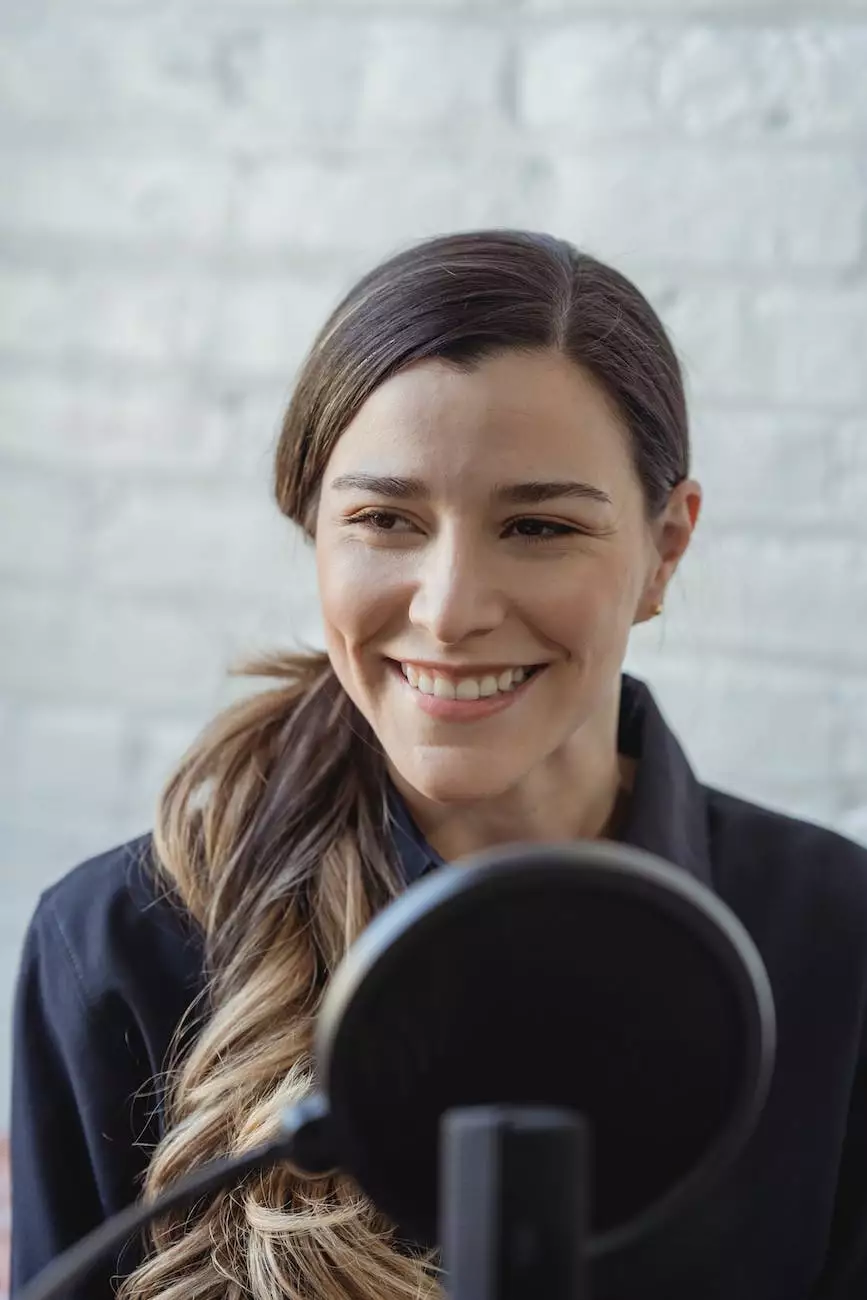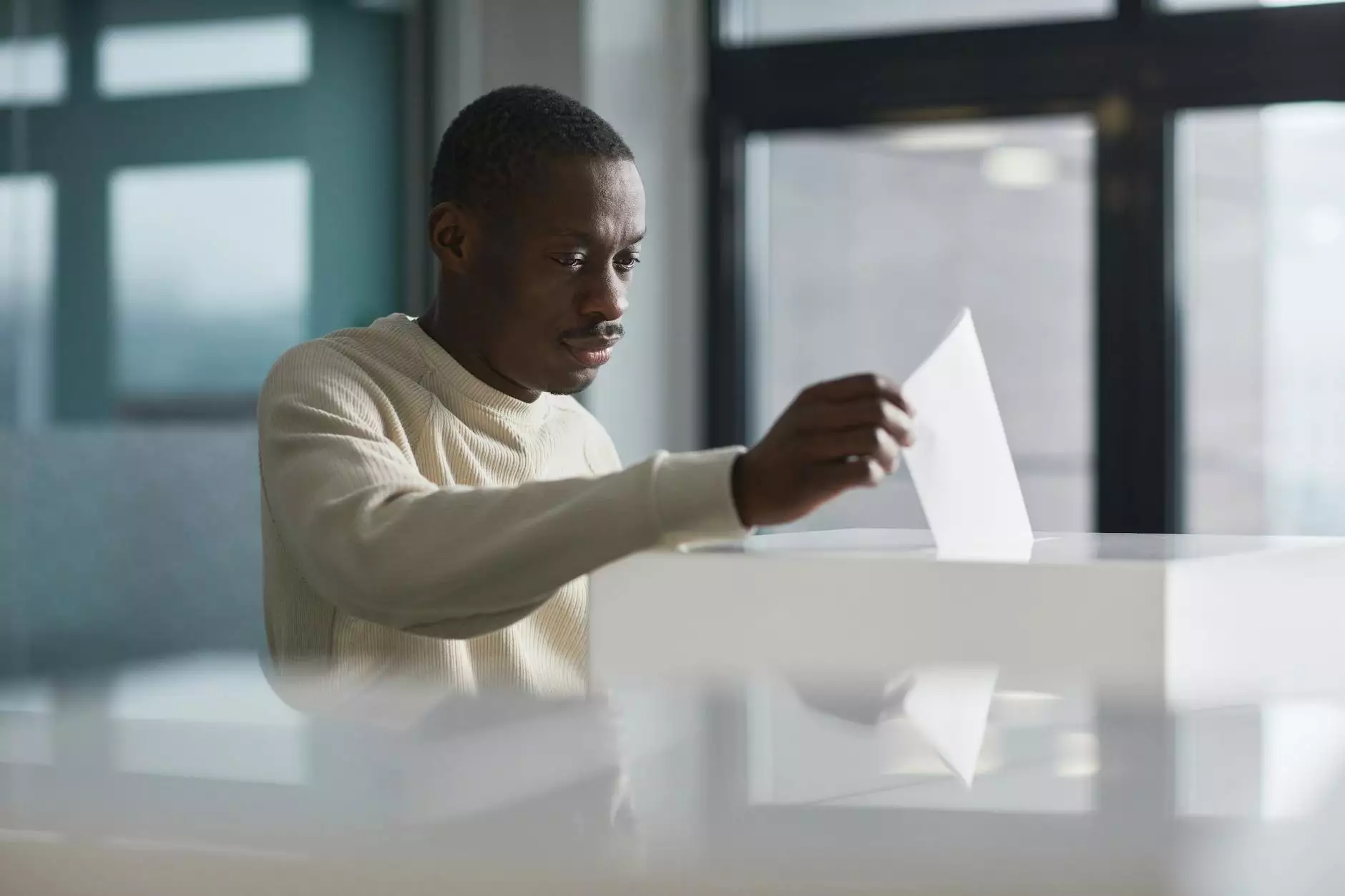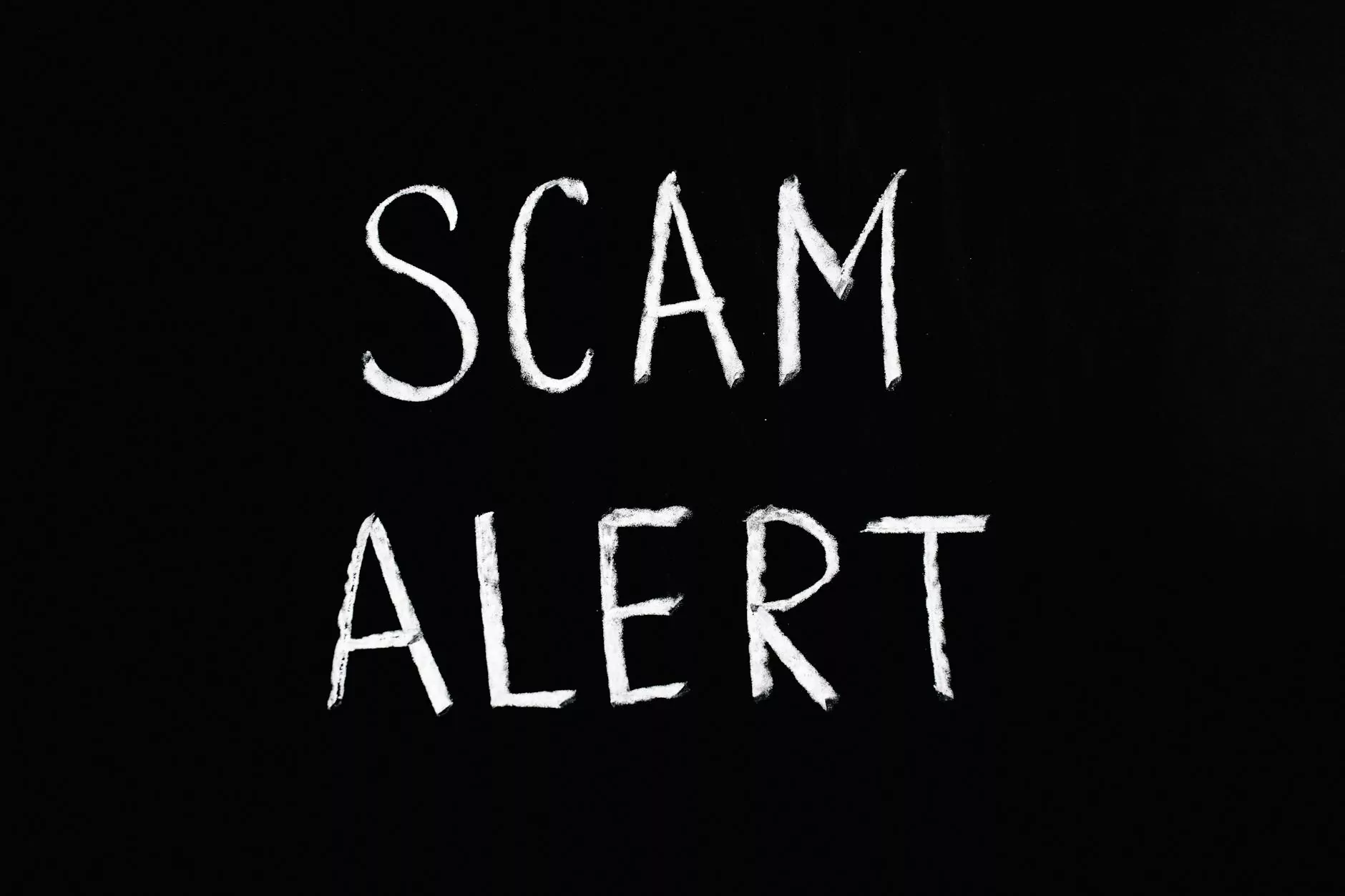How to Spot a Stroke and Save a Life

Introduction
Welcome to Anointed and Blessed Home Health Care's guide on how to spot a stroke and take immediate action to potentially save a life. Recognizing the symptoms of a stroke is crucial as it allows for quick intervention, which can significantly improve the chances of a positive outcome.
What is a Stroke?
A stroke, also known as a cerebrovascular accident (CVA), occurs when the blood flow to the brain is disrupted, leading to the death of brain cells. There are different types of strokes, including ischemic strokes, caused by a blockage in a blood vessel, and hemorrhagic strokes, caused by bleeding in the brain. Regardless of the type, prompt medical attention is vital.
Recognizing Stroke Symptoms
Being able to identify stroke symptoms is crucial for timely action. Remember the acronym FAST:
Face
- Facial drooping or weakness is a common sign of stroke. Ask the person to smile and observe if their smile appears uneven or lopsided.
Arms
- Weakness or numbness in one arm is another indication of a possible stroke. Ask the person to raise both arms and check if one arm drifts downward or is unable to be lifted.
Speech
- Difficulty speaking, slurred speech, or inability to understand speech are red flags for a stroke. Ask the person to repeat a simple phrase and assess if their words are disjointed or unclear.
Time
- Time is of the essence when it comes to stroke recognition. If you notice any of the aforementioned symptoms, it is crucial to call emergency services immediately.
Other Possible Stroke Symptoms
In addition to the FAST indicators, there are other signs that may accompany a stroke:
Vision changes
- Sudden vision loss or blurred vision in one or both eyes may occur in stroke cases.
Dizziness and coordination problems
- A sudden loss of balance, dizziness, or difficulty walking can be linked to a stroke.
Severe headache
- Unexplained, severe headaches can sometimes be indicative of a more serious underlying condition, such as a stroke.
Preventing Strokes
While strokes can be life-threatening, there are measures that can significantly reduce the risk. Leading a healthy lifestyle and managing underlying medical conditions are essential. Here are some preventive tips:
Maintain a Healthy Diet
- Eat a balanced diet rich in fruits, vegetables, whole grains, and lean proteins. Limit the consumption of saturated fats, cholesterol, and sodium.
Exercise Regularly
- Engage in physical activity for at least 30 minutes a day. Regular exercise helps control weight, blood pressure, and cholesterol levels.
Avoid Smoking and Excessive Alcohol Consumption
- Smoking damages blood vessels and raises the risk of strokes. Heavy alcohol consumption also increases stroke risk, so moderation is key.
Manage Medical Conditions
- Control conditions such as high blood pressure, diabetes, and high cholesterol through proper medical care, medication, and lifestyle choices.
Emergency Response
If you suspect someone is having a stroke, it is crucial to act quickly. In addition to calling emergency services, remember the following:
Don't Delay Seeking Help
- Time is critical when it comes to strokes. Don't wait for symptoms to improve; seek medical attention immediately.
Stay with the Person
- Offer reassurance and stay with the individual until help arrives. You can provide comfort and monitor their condition.
Don't Offer Food or Medications
- Avoid giving the person anything to eat or drink, as it may interfere with medical treatment. Only provide necessary comfort and support.
Share Information with Healthcare Professionals
- Provide medical professionals with the information you have gathered, including symptoms observed and the time they started.
Learn CPR and First Aid
- Take a CPR and first aid course to equip yourself with essential life-saving skills. Being prepared can make a significant difference in emergency situations.
Conclusion
Knowing how to spot the signs of a stroke and taking immediate action can save lives. Anointed and Blessed Home Health Care encourages everyone to familiarize themselves with the symptoms, preventive measures, and emergency response protocols outlined in this guide. By raising awareness and acting swiftly, we can contribute to positive outcomes for individuals affected by strokes.



